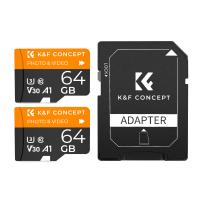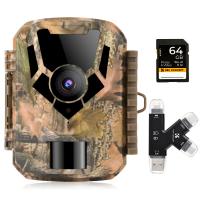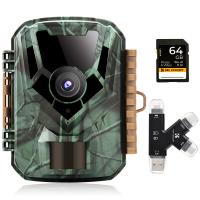How To Format A Sd Card?
Formatting an SD card is a common task that many people need to perform for various reasons, such as preparing the card for use in a new device, clearing out old data, or resolving issues with the card. This article will guide you through the process of formatting an SD card on different devices, including Windows, macOS, Android, and cameras. We will also discuss the reasons for formatting, the types of file systems you can use, and some best practices to ensure the longevity and reliability of your SD card.
Why Format an SD Card?
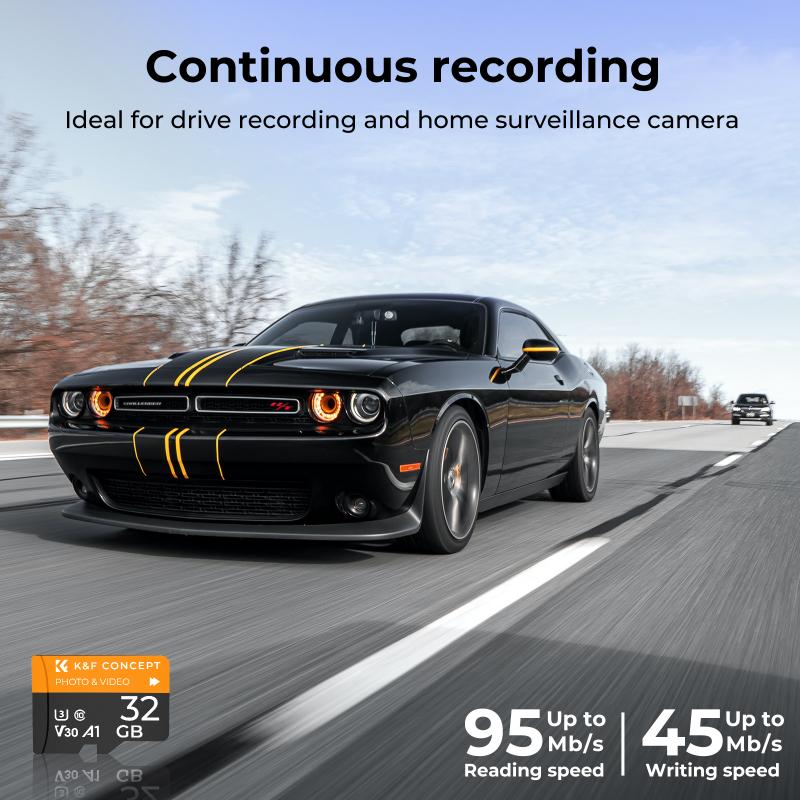
Before diving into the how-to, it's essential to understand why you might need to format an SD card. Here are some common reasons:
1. Preparing for New Use: When you purchase a new SD card, it may come pre-formatted, but it’s often a good idea to format it yourself to ensure it’s ready for your specific device.
2. Clearing Data: Formatting an SD card is a quick way to erase all data, making it ready for new files.
3. Fixing Errors: If your SD card is showing errors or is not recognized by your device, formatting can often resolve these issues.
4. Changing File System: Different devices may require different file systems. Formatting allows you to change the file system to one that is compatible with your device.
Types of File Systems

When formatting an SD card, you can choose from several file systems. The most common ones are:
1. FAT32: Compatible with most devices, but has a file size limit of 4GB.
2. exFAT: Supports larger files and is compatible with many modern devices.
3. NTFS: Commonly used in Windows systems, but not as widely supported by other devices.
4. HFS+: Used by macOS, but not compatible with Windows without additional software.
Formatting an SD Card on Windows
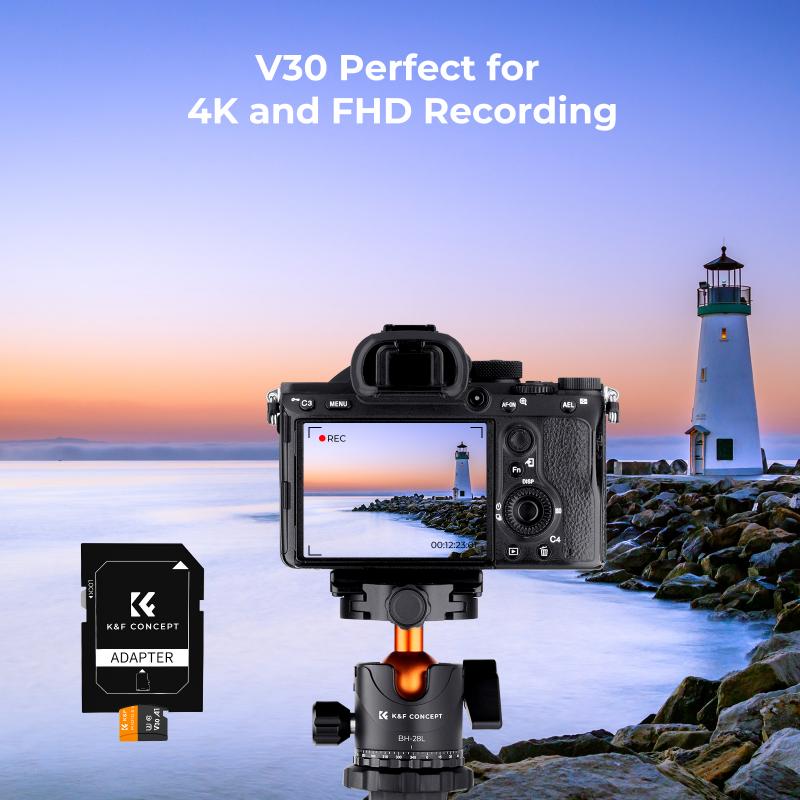
1. Insert the SD Card: Insert your SD card into the card reader on your computer.
2. Open File Explorer: Press `Win + E` to open File Explorer.
3. Locate the SD Card: Find your SD card in the list of drives.
4. Right-Click and Select Format: Right-click on the SD card and select "Format."
5. Choose File System: Select the file system you want to use (FAT32, exFAT, or NTFS).
6. Quick Format: Check the "Quick Format" option if you want a faster format. Uncheck it for a more thorough format.
7. Start Formatting: Click "Start" to begin the formatting process. A warning will appear, reminding you that all data will be erased. Confirm to proceed.
Formatting an SD Card on macOS

1. Insert the SD Card: Insert your SD card into the card reader on your Mac.
2. Open Disk Utility: Go to `Applications > Utilities > Disk Utility`.
3. Select the SD Card: In Disk Utility, select your SD card from the list of drives.
4. Erase: Click the "Erase" button at the top.
5. Choose Format: Select the desired file system (FAT32, exFAT, or HFS+).
6. Name the SD Card: Enter a name for your SD card.
7. Erase: Click "Erase" to start the formatting process. Confirm when prompted.
Formatting an SD Card on Android
1. Insert the SD Card: Insert the SD card into your Android device.
2. Open Settings: Go to the Settings app.
3. Storage: Navigate to the "Storage" section.
4. Select SD Card: Find and select your SD card.
5. Format: Tap on "Format" or "Format SD card."
6. Confirm: Confirm the action when prompted. The device will format the SD card.
Formatting an SD Card in a Camera
1. Insert the SD Card: Insert the SD card into your camera.
2. Access Menu: Turn on the camera and access the menu.
3. Find Format Option: Navigate to the settings or setup menu and find the format option.
4. Select Format: Select the format option and confirm. The camera will format the SD card.
Best Practices for Formatting SD Cards
1. Backup Data: Always back up important data before formatting, as the process will erase all files on the card.
2. Use the Right File System: Choose a file system that is compatible with your device. FAT32 is widely supported, but exFAT is better for larger files.
3. Avoid Frequent Formatting: While formatting can fix issues, doing it too often can reduce the lifespan of your SD card.
4. Use Reliable Tools: Use the built-in tools on your device or trusted third-party software to format your SD card.
Troubleshooting Common Issues
1. SD Card Not Recognized: If your SD card is not recognized, try using a different card reader or device. Ensure the card is properly inserted.
2. Error Messages: If you receive error messages during formatting, try using a different file system or a more thorough format.
3. Data Recovery: If you accidentally format an SD card with important data, stop using the card immediately and use data recovery software to attempt to retrieve the files.
Formatting an SD card is a straightforward process that can be done on various devices, including Windows, macOS, Android, and cameras. Understanding the reasons for formatting, the types of file systems available, and the best practices can help you perform this task efficiently and effectively. Always remember to back up your data before formatting and choose the appropriate file system for your needs. By following the steps outlined in this article, you can ensure that your SD card is ready for use and free from errors.



